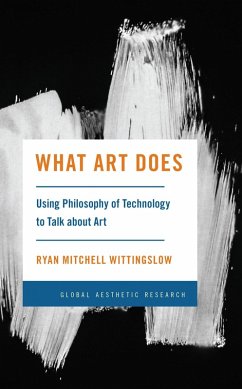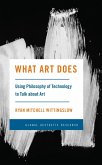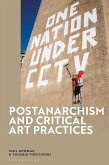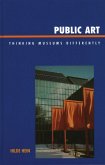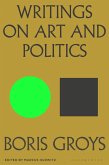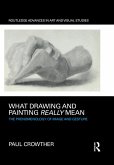We derive a great deal of cognitive pleasure from asking what artworks mean. And yet, despite the seriousness with which we approach these questions, they all too often rely on theories of art that fail to adequately explain how art conveys meaning.
This book proposes a new theory. In contrast to more conventional definitions of art, What Art Does defends the claim that artworks constitute a class of tool. Like other tools, artworks are objects that have functions and that furnish affordances. However, thanks to the particular social and material facts that underpin the creation of artworks, the functions that artworks have and the affordances they furnish are special.
It is thanks to these special functions and affordances that artworks obtain their privileged character and status. Because artworks do things that other tools cannot, we take artworks to be meaning-making objects with something to say.
This book proposes a new theory. In contrast to more conventional definitions of art, What Art Does defends the claim that artworks constitute a class of tool. Like other tools, artworks are objects that have functions and that furnish affordances. However, thanks to the particular social and material facts that underpin the creation of artworks, the functions that artworks have and the affordances they furnish are special.
It is thanks to these special functions and affordances that artworks obtain their privileged character and status. Because artworks do things that other tools cannot, we take artworks to be meaning-making objects with something to say.

